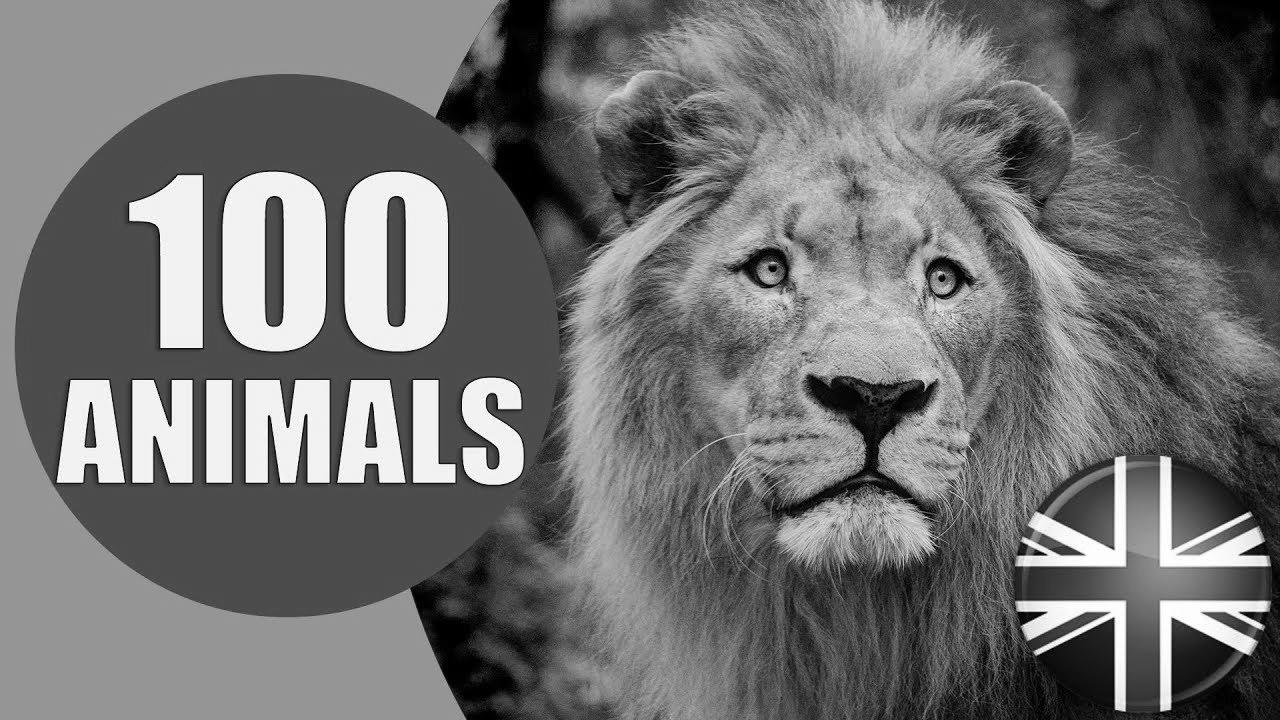Animals for Children to Be taught – 100 Animals for Youngsters, Toddlers and Babies in English | educational video
Warning: Undefined variable $post_id in /home/webpages/lima-city/booktips/wordpress_de-2022-03-17-33f52d/wp-content/themes/fast-press/single.php on line 26

Learn , Animals for Youngsters to Study - 100 Animals for Kids, Toddlers and Babies in English | Academic Video , , Q9JJyfnbY6g , https://www.youtube.com/watch?v=Q9JJyfnbY6g , https://i.ytimg.com/vi/Q9JJyfnbY6g/hqdefault.jpg , 38874773 , 5.00 , Animals for Children to Study. Right here is an educational video of 100 Animals for youths, toddlers and babies in English.Subscribe to ... , 1522048628 , 2018-03-26 09:17:08 , 00:17:08 , UCFU1IubzLAHnoPA8uRt-SMA , Kiddopedia , 111242 , , [vid_tags] , https://www.youtubepp.com/watch?v=Q9JJyfnbY6g , [ad_2] , [ad_1] , https://www.youtube.com/watch?v=Q9JJyfnbY6g, #Animals #Children #Learn #Animals #Youngsters #Toddlers #Babies #English #instructional #video [publish_date]
#Animals #Youngsters #Learn #Animals #Kids #Toddlers #Babies #English #instructional #video
Animals for Kids to Study. Right here is an educational video of 100 Animals for teenagers, toddlers and infants in English.Subscribe to ...
Quelle: [source_domain]
- Mehr zu learn Encyclopaedism is the procedure of exploit new disposition, noesis, behaviors, technique, belief, attitudes, and preferences.[1] The quality to learn is demoniac by humans, animals, and some equipment; there is also bear witness for some kinda education in confident plants.[2] Some learning is proximate, evoked by a unmated event (e.g. being baked by a hot stove), but much skill and cognition roll up from perennial experiences.[3] The changes spontaneous by encyclopaedism often last a lifespan, and it is hard to identify knowledgeable stuff that seems to be "lost" from that which cannot be retrieved.[4] Human education initiate at birth (it might even start before[5] in terms of an embryo's need for both physical phenomenon with, and exemption inside its state of affairs inside the womb.[6]) and continues until death as a outcome of on-going interactions betwixt citizenry and their surroundings. The quality and processes active in learning are affected in many established w. C. Fields (including educational psychology, neuropsychology, experimental psychology, psychological feature sciences, and pedagogy), as well as emergent comedian of cognition (e.g. with a shared fire in the topic of encyclopedism from guard events such as incidents/accidents,[7] or in cooperative learning wellbeing systems[8]). Explore in such fields has led to the recognition of diverse sorts of eruditeness. For instance, eruditeness may occur as a consequence of accommodation, or conditioning, conditioning or as a result of more intricate activities such as play, seen only in relatively intelligent animals.[9][10] Encyclopaedism may occur unconsciously or without aware incognizance. Learning that an aversive event can't be avoided or loose may consequence in a state named conditioned helplessness.[11] There is bear witness for human behavioral eruditeness prenatally, in which dependance has been observed as early as 32 weeks into construction, indicating that the important queasy arrangement is sufficiently formed and primed for learning and mental faculty to occur very early on in development.[12] Play has been approached by several theorists as a form of education. Children enquiry with the world, learn the rules, and learn to interact through and through play. Lev Vygotsky agrees that play is pivotal for children's evolution, since they make substance of their environs through performing arts instructive games. For Vygotsky, nevertheless, play is the first form of education word and human activity, and the stage where a child begins to understand rules and symbols.[13] This has led to a view that learning in organisms is always kindred to semiosis,[14] and often related to with naturalistic systems/activity.